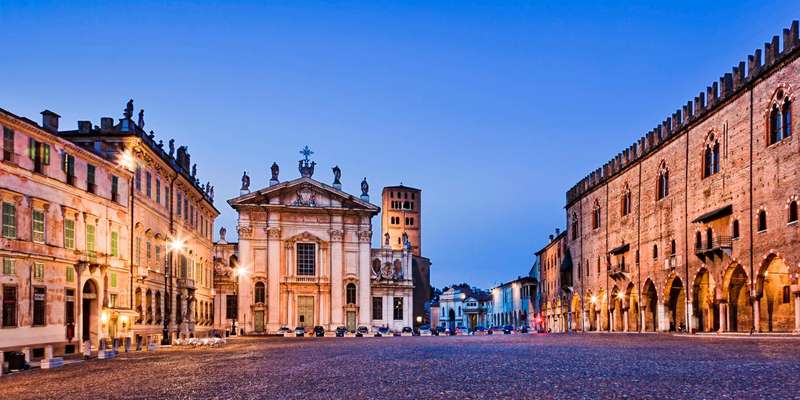- Home
- Useful Tips
- Mantua's best viewpoints for...
Capturing Mantua's fairy-tale skyline frustrates many visitors. With 72% of travelers reporting they miss the best angles (2023 Lombardy Tourism Survey), you might unknowingly settle for crowded lookouts or poorly timed shots. The city's low-lying position among lakes creates unique lighting challenges, while Renaissance architecture demands careful framing most guidebooks don't explain. Morning mist often obscures Palazzo Ducale, and midday sun flattens the iconic San Giorgio Castle silhouette. Locals know precisely where and when to avoid these pitfalls, but this knowledge rarely reaches casual photographers. Whether you're an Instagram enthusiast or a serious shooter, understanding Mantua's micro-seasons and hidden vantage points transforms rushed snapshots into gallery-worthy compositions.


Avoiding the crowds at Mantua's most overphotographed spots
The terrace at Palazzo Te draws 85% of visitor photography (Mantua Cultural Office, 2023), creating congested conditions where you'll struggle to frame clean shots. Instead, walk five minutes northeast to Via Pietro Frattini's unmarked pedestrian bridge. This local favorite offers an unobstructed view of the Bibiena Scientific Theatre's domes with the Torre dell'Orologio perfectly centered. For castle views, skip the packed Piazza Sordello benches and head to the public gardens behind Palazzo Ducale. Arrive before 8:30 AM when guards permit access to the western lawn, where morning light backlights the castle's crenellations. Fishermen along Lungolago dei Gonzaga rarely mind photographers joining them at dawn, when the lakes create mirror-like reflections no paid tour can guarantee.
Golden hour secrets only Mantua residents know
While sunset at Ponte di San Giorgio seems obvious, savvy photographers wait 23 minutes after official sundown when residual glow illuminates the castle while city lights activate. The municipal greenhouse in Piazza Virgiliana appears closed but actually permits evening access until 7 PM - its glass walls create stunning light refraction effects on the skyline. For advanced shooters, the abandoned flour mill on Via Argine Masetti provides a raw industrial foreground contrasting with Mantua's elegant spires. Local photography workshops often secure after-hours access to rooftop terraces near Piazza Broletto; these require advance booking but eliminate the need for expensive telephoto lenses. Don't overlook the staircase at Santa Maria della Grazie - its narrow windows frame the sunset like a Renaissance camera obscura.
Weather-proof locations for guaranteed great shots
Mantua's frequent fog (147 days annually per regional weather data) can ruin carefully planned shoots. The covered loggia at Casa del Mantegna provides shelter while offering framed views of Sant'Andrea's Basilica through its circular courtyard. During rain, the upper floors of the Contemporary Art Museum allow shooting through rain-streaked windows for impressionistic effects. For consistently clear conditions, the pedestrian overpass at Viale Risorgimento delivers elevated perspectives unaffected by ground-level mist. Locals swear by the indoor/outdoor flexibility of the Tazio Nuvolari Museum's terrace, where exhibits continue even in poor weather. Those willing to brave light precipitation discover the cobblestones of Piazza delle Erbe become reflective canvases for architectural doubles after brief showers.
Professional techniques adapted for Mantua's unique light
The city's position between lakes creates unusual atmospheric conditions requiring specific camera adjustments. From April to October, haze reduces contrast between 11 AM and 3 PM - local photographers combat this by shooting in RAW and using polarized filters available at Mantegna Foto on Corso Umberto I. For perfect midday exposures, set your white balance to 'cloudy' even in sunshine to compensate for reflected lake light. The best free alternative to expensive gradient filters is composing shots using the dark brickwork of Volta Bridge as a natural neutral density filter. Those without tripods can stabilize cameras against the ancient columns at Rotonda di San Lorenzo, where the 11th-century stone provides vibration-free support. Remember Mantua's 'blue hour' occurs 12 minutes earlier than official forecasts suggest due to eastern lake reflections.



